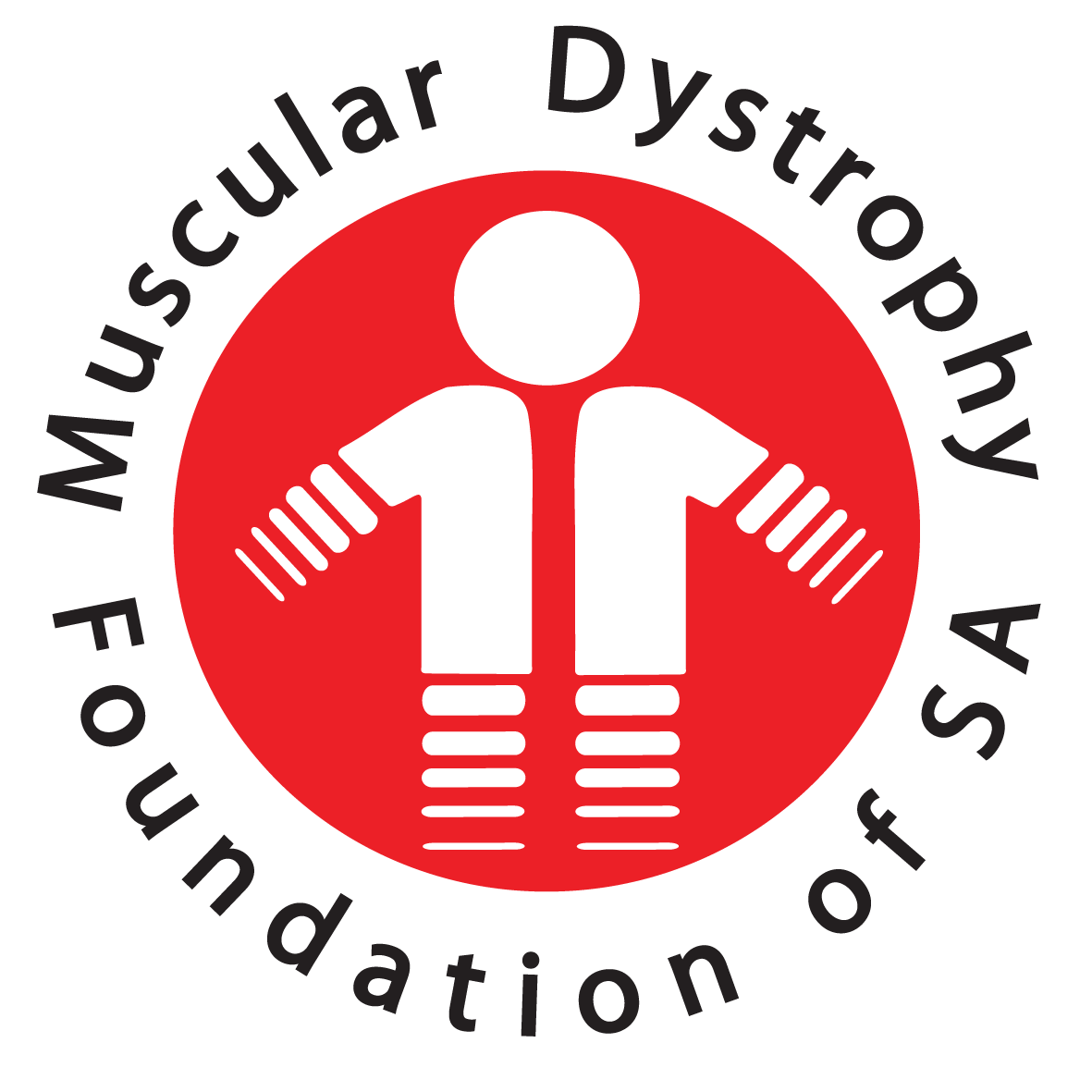Myotonic Dystrophy Types 1 And 2
Respiratory care
- Chronic respiratory failure is common in myotonic dystrophy type 1 (DM1). Chronic respiratory failure is relatively uncommon in myotonic dystrophy type 2 (DM2). It may present with early morning headaches, fatigue and excessive daytime sleepiness, but is often first identified following an episode of pneumonia or a difficult or prolonged extubation following general anaesthetic.
- Pneumonia is very common in DM1 and requires prompt management.
- If supplemental oxygen is required during a respiratory crisis it must be carefully controlled and carbon dioxide levels monitored, especially in the context of chronic respiratory failure. Non-invasive ventilation (NIV) may be required, but is often poorly tolerated.
- Assisted coughing with chest physiotherapy and breath-stacking techniques with an AMBU bag helps to clear lower airways secretions. This can also be facilitated by a cough assist device.
- Immunisations should be kept up-to-date, including the flu and pneumococcal vaccines
Cardiac care
- Bradyarrhythmias and tachyarrhythmias are very common in DM1 and must be considered in patients with palpitations, fainting, dizziness and shortness of breath but may be symptomless. ECG is mandatory and will often demonstrate prolonged PR and QRS interval. Bradyarrhythmias and tachyarrhythmias are less common in DM2 than in DM1.
Anaesthetics / sedation
- There is an increased sensitivity to sedatives, inhaled anaesthetics and neuromuscular blockade, especially in more severe forms of DM1. It is essential that the anaesthetist is aware of the diagnosis of DM1 so that appropriate plans can be made for post-operative monitoring.
- Unlike in DM1, there does not appear to be an increased sensitivity to sedatives, inhaled anaesthetics and neuromuscular blockade in DM2. However, it is essential that the anaesthetist is aware of the diagnosis of DM2 and any background respiratory problems, so that appropriate plans can be made for potential prolonged post-operative monitoring.
- Local anaesthetics and nitrous oxide are safe, e.g. for minor dental procedures. Ideally the surgery should occur in a specialist centre with staff experienced in managing these individuals.
GI/Liver/Cognitive (EDS)
Endocrine
- Increased incidence of type 2 diabetes mellitus in DM2.
Gastrointestinal (GI)
- Constipation, diarrhoea and abdominal pain are very common in DM1 but may need assessment to exclude other causes.
- Aspiration pneumonia, secondary to dysphagia, is common in DM1 but not in DM2.
- Patients should be assessed by a SALT (speech and language therapist) if they have swallowing problems.
Liver
- Liver enzymes (AST/ALT/alkaline phosphatase) may be mildly raised on blood tests in up to 50 percent of patients. The clinical setting dictates whether further investigation is indicated.
Cognitive
- Excessive daytime sleepiness (EDS) is common and is most often owing to CNS involvement. Sleep apnoea and chronic respiratory failure also need to be considered.
- Dysexecutive problems and apathy are common in DM1 but not DM2. Patients may miss appointments. Telephone reminders, longer appointment times and a more lenient approach to discharge following DNAs may help.
Fractures and falls
- If ambulant before fracture, internal fixation is preferable to casting as it helps to preserve muscle and speeds a return to walking.
- Cataracts are common in DM2 and should be considered in all patients with falls.
- Consider checking vitamin D levels and bone mineral density, especially following a fall or fracture.
Reprinted with permission of Muscular Dystrophy UK. Reviewed by Dr J Wilmshurst, Head of Paediatric Neurology, Red Cross War Memorial Children’s Hospital
